Updated: 30-Jan-2020
More information in USNA no 3843/452.8 on Boeing turbojets and turboprops in 1946 and 1947.
-The factory of magnificent planes also had its moment of engine construction and started with small turbines in 1943, when the US Army was interested in them.
-Boeing began its own study program and created a laboratory for jet propulsion.
-It was in Seattle next to their own aircraft factories.
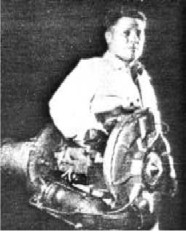
"Boeing 500"
-The first engine was a small turbojet, the "500" that gave 180/190 lbf of thrust rotating at 36,000 rpm.
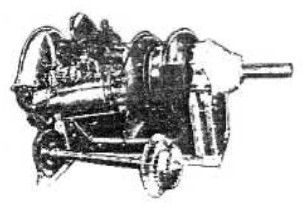
"Boeing 502"
-The same engine, with free turbine, and with propeller drive, turboprop version, became known as "502" and there were variants like 2E giving 175 SHP that later, in 1950, received the T-50 and YT-50 US NAVY designation.
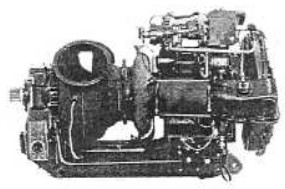
"Boeing 502-2E"
-The 210 SHP "502-8B" was tested in a Cessna L-19 "Bird-Dog".
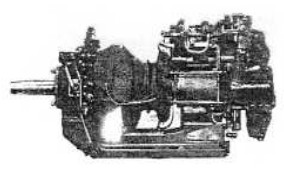
"502-8B"
-They gave 300 SHP with the 502-10W version reaching 325 SHP.
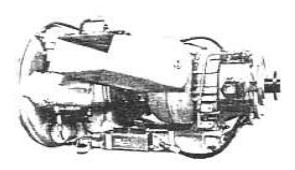
"Boeing 502-10W"
-This power was obtained with the propeller rotating at 2,600 rpm, but maximum cruising power was 274 SHP.

"502-10W, on bench”
-The 502-11 was used as an air compressor and as auxiliary power plant to start main engines, and to pressurize cabins.
-They also commercialized others such as 520, 531, 550, 551, 553, etc.
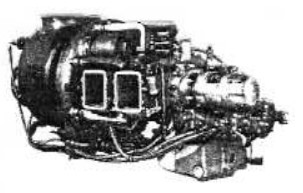
"Boeing 520"
-We see the 520 as auxiliary power plant with its accessories. Below, we can see a cutaway of the same engine.
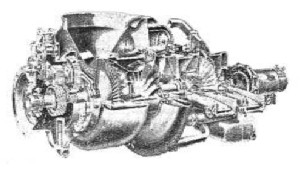
"520, seccionado"
-And another engine, the 550, in a rather poor image (as above).

"Boeing 550"
-In 1968 the rights were sold to Stewart-Davis Inc. (see)
-Two new illustrations of Boeing turbine engines.
-In this case they are known for their military reference. See main text. They are the T-50 (502) and T-60 (520).
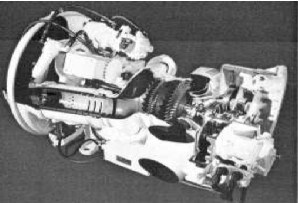
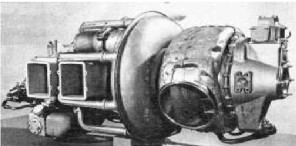
“Boeing T-50 and T-60”
-New Boeing turboprop or turboshaft illustrations, known as Boeing 502.
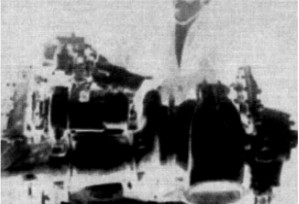
"Size comparision of the 502 engine” (PiP=pm)
-When installed in an observation Cessna, a Korean War veteran, the L-19, it added new performances and the possibility to use other fuels besides gasoline.
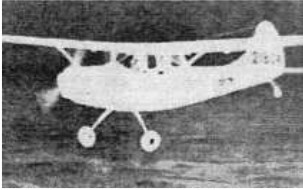
"The observation Cessna L-19 with turboprop" (PiP)
-The Cessna L-19's Boeing 502 engine gave 250 hp being lighter than the standard six-cylinder Continental engine that provided these aircraft less than 150 hp of power.
-What is dominating, is the large exhaust pipe on the left front of the aircraft as it is a reverse-flow engine. It has two combustion chambers.
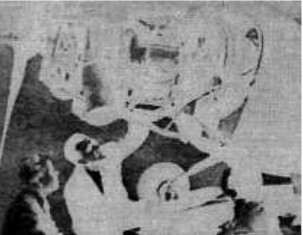
“Personnel looking at the onboard Boeing 502 engine” (PiP)
-In the 1950's it was used often for being perhaps the most operational engine, and having the sufficiently low power that was required for light aviation.
-Another example may be the Kaman helicopter that used two Boeing 502-2 engines that were reduced in power to 380 hp all together, replacing the previous single 240 hp piston engine.
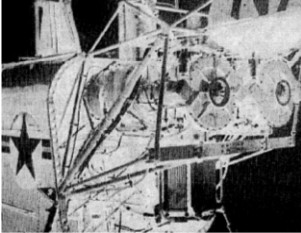
“Kaman twin-engine helicopter” (PiP)
-Going back to the early 1950's, we see the Boeing 502-8 (T50-BO-1) turbine with two lateral combustion chambers delivering 225 hp at 37,500 compressor rpm.

"Boeing T-50"
-From appendix 9: (Lately owned by Rocketdyne). Two rocket engines assigned to this brand:
-LPC-415 (+LPC ?)
-HIBEX
Engines of BOEING
Model: 500

"Boeing 500"
Model: 502

"Boeing 502-8B"
Model: 520

"Boeing 520"
Model: 540
Model: 550

"Boeing 550"
Model: 551
Model: 553
Model: HIBEX
Model: Hyfly
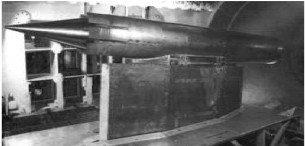
"Boeing Hy-Fly on bench"
Model: LPC-415
Model: T-50

"Boeing T-50"
Model: T-60

"Boeing T-60"


